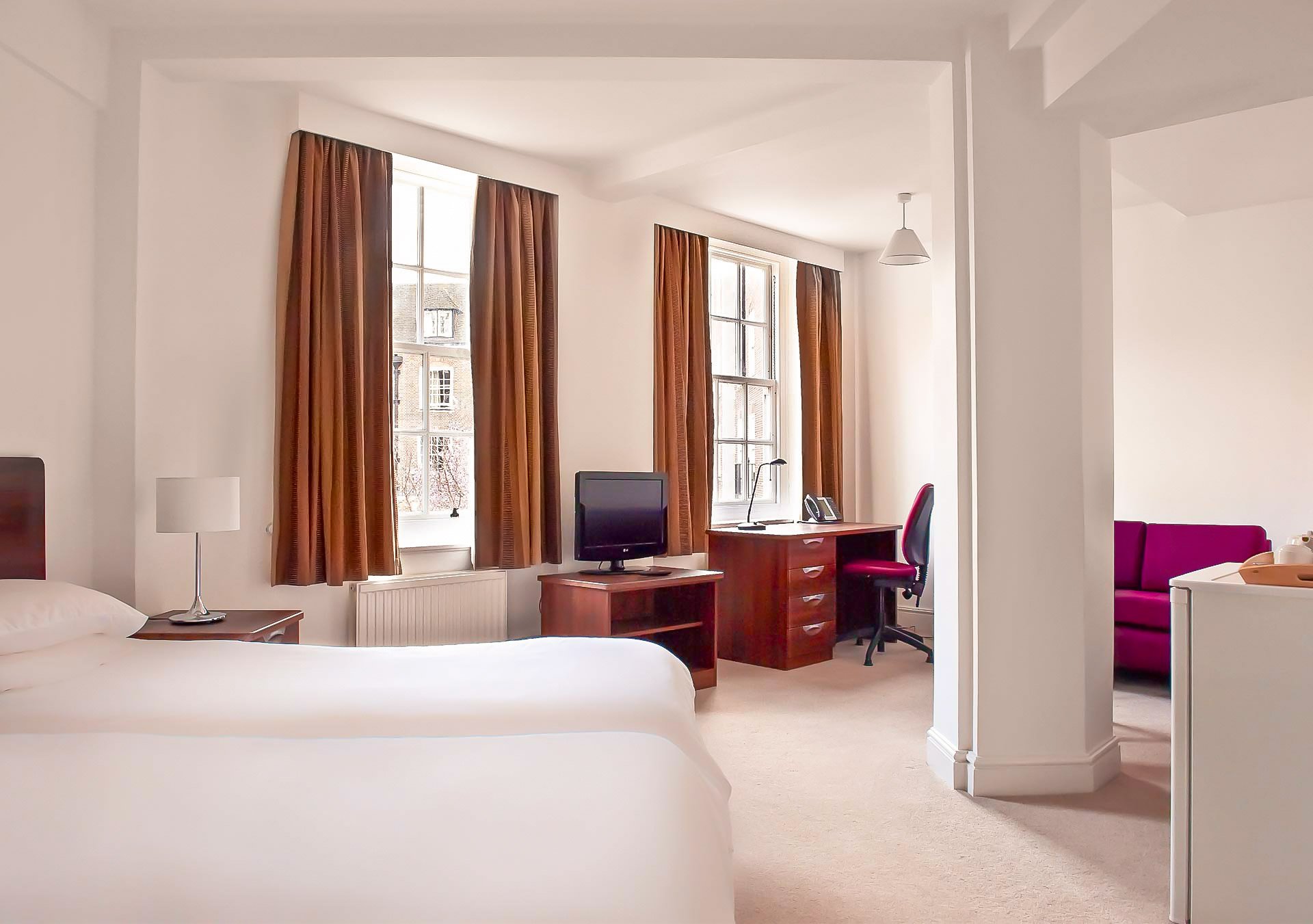The city gets its name from a spring in the Roman village. The city’s coat of arms includes a crocodile chained to a palm tree with the inscription COLNEM, for Colonia Nemausus, meaning the "colony" of Nemausus, the local Celtic god of the Volcae Arecomici. Veterans of Roman legions, who served Julius Caesar in his Nile campaigns, were given land to cultivate on the plain of Nîmes after completing fifteen years of soldiering. The city was located on Via Domitia, a Roman road constructed in 118 BC, connecting Italy to Spain.
The Wars of Gaul and the fall of Marseille in 49 BC allowed the city to regain its autonomy under Rome. It was then Augustus who made the it the capital of Narbonne province, and gave it all its glory: he gave the town a ring of ramparts six kilometres long, reinforced by fourteen towers, of which two gates remain today, the Porta Augusta and the Porte de France. An aqueduct was also built to bring water from the hills in the north. Emperor Constantine endowed the city with baths and it became the seat of the Diocesan Vicar, the chief administrative officer of southern Gaul.
The town was prospering until the end of the 3rd century, but during the 4th and 5th centuries, the nearby Arles enjoyed more success. In the early 5th century the Praetorian Prefecture was moved from Trier Arles and the city was finally captured from the Romans by the Visigoths in 473 AD. After the Gallo-Roman period, in the days of invasion and decadence, the Christian Church, already established in Gaul, appeared to be the last refuge of classical civilization.
However, when the Visigoths were accepted in the Roman Empire, the city was included in their territory in 472. By 725, the Muslim Umayyads had conquered the whole Visigothic territory of Septimania, including Nimes itself. Feudal times in the 12th century brought local troubles, which lasted until the days of St. Louis, but Nîmes still saw significant progress, both in commerce and industry, as well as in stock-breeding. After the last effort by Raymond VII of Toulouse, St. Louis managed to set up royal power in the region, which then became Languedoc. Nîmes thus finally entered into the hands of the King of France. During the 14th and 15th centuries the Rhone Valley experienced an uninterrupted series of invasions, ruining the economy and causing famine. The city, being one of the Protestant strongholds, felt the full force of repression, including the Michelade massacre, which carried on until the middle of the 17th century, through periodic outbreaks of the Plague.
The Revolutionary period instigated great political and religious antagonism: the White Terror added to natural calamities and economic recession and murder, pillage and arson until the early 19th century, but order was eventually restored and Nîmes became the metropolis of Bas-Languedoc, radically reorganising its industry. At the same time the surrounding countryside adapted to market needs and shared in the general increase of wealth.
